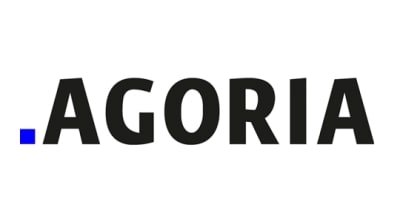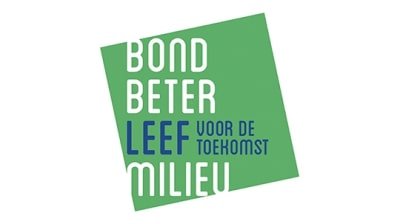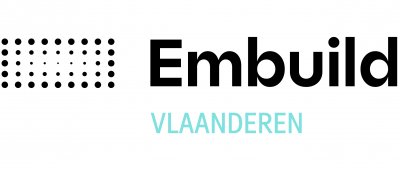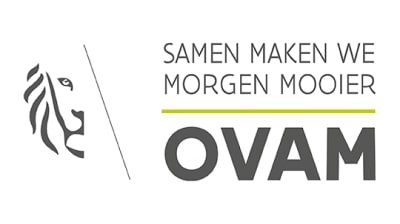Topics
We organise our actions in six thematic & strategic agendas:
Strategic Agendas:
Bio-economy
Circular Construction
Chemicals/Plastics
Manufacturing Industry
Food Chain
Water Cycles
Seven leverages provide additional support:
Leverage effects:
Lever Policy Instruments
Lever Circular Procurement
Lever Communication
Lever Innovation & Entrepreneurship
Lever Financing
Lever Jobs & Skills
Lever Research
What, why and how?
Why are we pursuing a circular economy?
Future visions 2050
How do we see our circular future?
About our management
Who steers what at Flanders Circular?
Reverse engineering for Life Extension and Repurposing
Leveraging reverse engineering and additive manufacturing for repair and life extension of mechanical components
Reverse engineering (RE) can be used to restore an existing product to a digital model. This project will use RE, together with additive manufacturing, to repair defective mechanical components of products. The main goal here is to extend the lifespan and create a repurposed product.
Flanders aims to reduce our material footprint by 30% by 2030 and significantly reduce greenhouse gas emissions. Technologies such as reverse engineering can play an important role here.
The term reverse engineering (RE) has long been familiar to engineers and technicians as a process of going from an existing product back to a design or digital model. Together with additive manufacturing, RE can be used to extend the lifespan of products or place parts in a different context to give them another use.
The de-assembly, digitisation and post-processing involved in RE admittedly requires manual labour. Therefore, they want to explore how to engage the social economy. However, these workers lack experience in digitisation of parts and selection of production methods for repair. For this, they will work out instructional videos and workshops for the benefit of both bespoke and manufacturing companies.
Thanks to the 'right to repair' framework, they hope to achieve a 30% reduction in material footprint in addition to a reduction in greenhouse gases. With RE as a circular strategy, the project partners Thomas More, Ecoso and GS Technology want to contribute to strengthening the circular economy.
More info on this project can be found at https://www.thomasmore.be/relh
Photo by Dan Cristian Paduret on Unsplash.com
Thomas More Mechelen - Antwerpen
Partners Ecoso, GS Technology
Sectors
Organisations
















